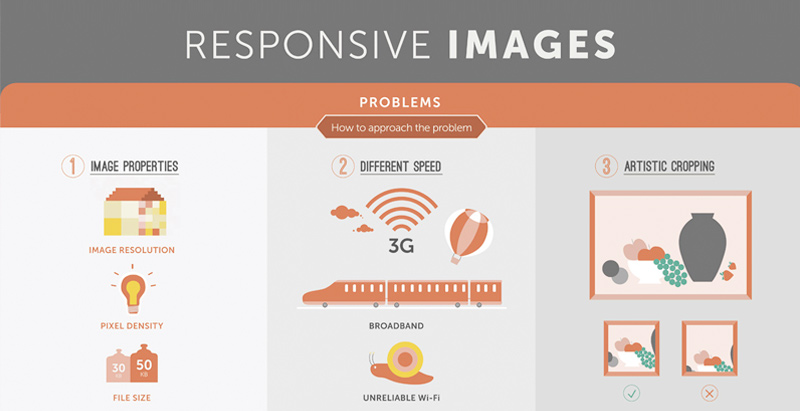Fascinated In Discovering Exactly How Web Site Design Has Progressed Over The Years? Discover The Trip From Standard, Uncomplicated Layouts To User-Centric Interfaces That Prioritize The Visitor'S Experience
Fascinated In Discovering Exactly How Web Site Design Has Progressed Over The Years? Discover The Trip From Standard, Uncomplicated Layouts To User-Centric Interfaces That Prioritize The Visitor'S Experience
Blog Article
Post Written By-Lamb Singer
In the past, internet sites were simple and focused on information. Navigation was direct, and layout was for desktops. Now, individual experience is key. Information overviews styles for very easy navigation. Receptive formats fit different gadgets. Today, dark setting reduces pressure, and minimal food selections improve navigating. Interactive functions engage customers, and strong visuals stick out. AI combination improves involvement. See exactly how layout has progressed to improve your online trip.
Very Early Days of Website Design
In the early days of web design, simplicity preponderated. Sites were basic, with restricted shades, typefaces, and formats. The focus got on offering information rather than fancy visuals. Individuals accessed the web with slow-moving dial-up links, so speed and capability were key.
Navigation menus were straightforward, usually situated on top or side of the web page. Web sites were designed for desktop computers, as mobile browsing wasn't yet prevalent. Content was king, and developers prioritized easy readability over complex layout aspects.
HTML was the key coding language utilized, and developers needed to work within its constraints. Computer animations and interactive attributes were minimal compared to today's standards. Internet sites were fixed, with little vibrant material or personalized individual experiences.
Surge of User-Focused Layout
With the evolution of site layout, a shift in the direction of user-focused design principles has come to be increasingly prominent. Today, producing web sites that prioritize user experience is critical for involving visitors and accomplishing company objectives. User-focused style includes understanding the requirements, choices, and behaviors of your target audience to customize the internet site's format, web content, and features appropriately.
Developers now carry out detailed research, such as customer studies and usability testing, to collect insights and comments straight from customers. This data-driven technique assists in producing instinctive navigating, clear calls-to-action, and visually enticing interfaces that reverberate with site visitors. By putting the user at the center of the style process, internet sites can supply a much more tailored and satisfying experience.
Receptive layout has actually also emerged as an essential facet of user-focused layout, guaranteeing that sites are enhanced for different gadgets and screen dimensions. This versatility improves accessibility and functionality, dealing with the diverse means individuals engage with sites today. Basically, have a peek here of user-focused style signifies a shift towards developing electronic experiences that prioritize the requirements and assumptions of completion individual.
Modern Trends in Website Design
Explore the most recent trends forming website design today. One famous trend is dark mode design, using a sleek and modern appearance while lowering eye stress in low-light settings. One more vital pattern is minimal navigation, streamlining food selections and enhancing user experience by concentrating on essential elements. Integrating micro-interactions, such as animated buttons or scrolling results, can develop a much more engaging and interactive site. Responsive layout stays essential, making sure seamless individual experiences throughout numerous devices. In addition, making use of bold typography and asymmetrical layouts can include aesthetic rate of interest and draw attention to particular content.
Incorporating AI modern technology, like chatbots for customer assistance or personalized referrals, enhances customer engagement and enhances processes. Ease of access has likewise come to be a significant trend, with developers focusing on inclusive style practices to deal with diverse customer demands. Embracing sustainability by enhancing site performance for rate and effectiveness is an additional emerging trend in web design. Teaming up with user feedback and data analytics to iterate and enhance style continuously is crucial for remaining relevant in the ever-evolving digital landscape. By embracing these modern fads, you can develop an aesthetically attractive, user-friendly internet site that reverberates with your target market.
Final thought
As you review the development of website style from the early days to currently, you can see exactly how user-focused design has come to be the driving force behind modern trends.
Welcome the journey of adjustment and adjustment in website design, constantly maintaining the individual experience at the forefront.
Remain existing with the latest patterns and technologies, and never stop advancing your method to develop visually magnificent and user-friendly internet sites.
Progress, adjust, and produce - the future of web design is in your hands.
